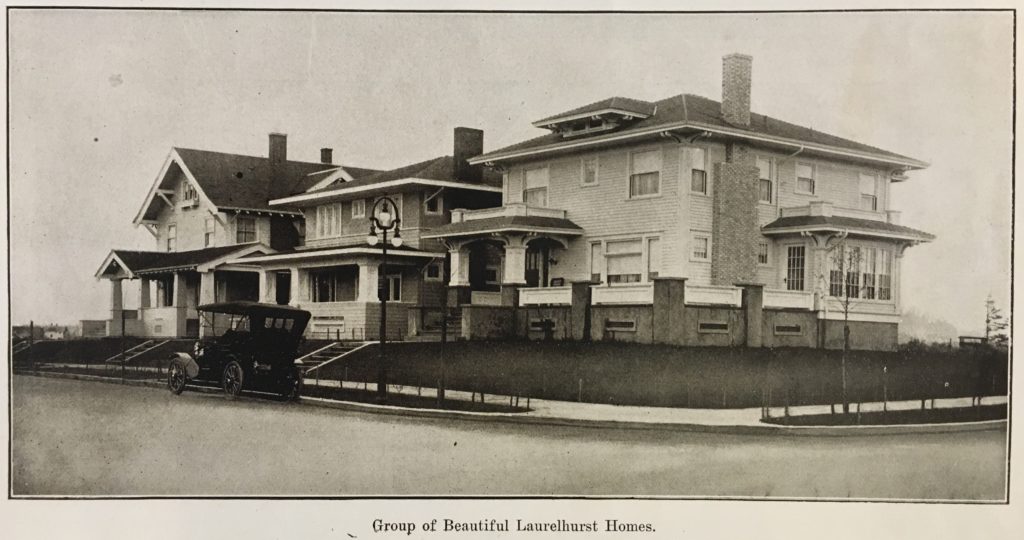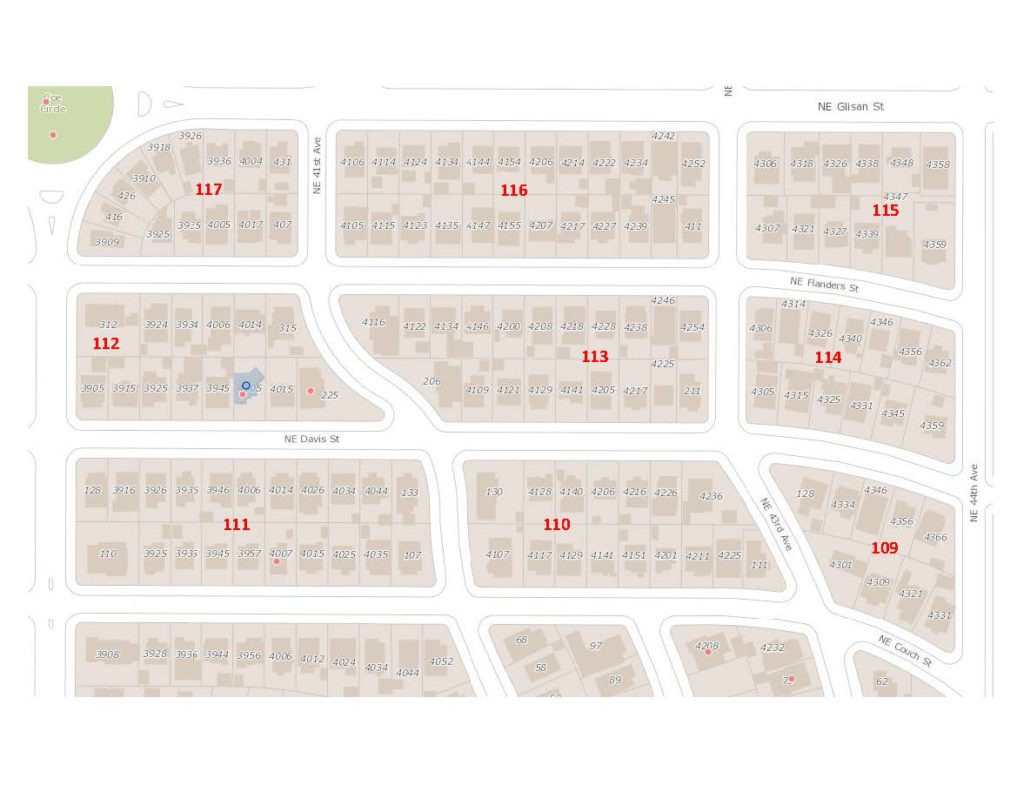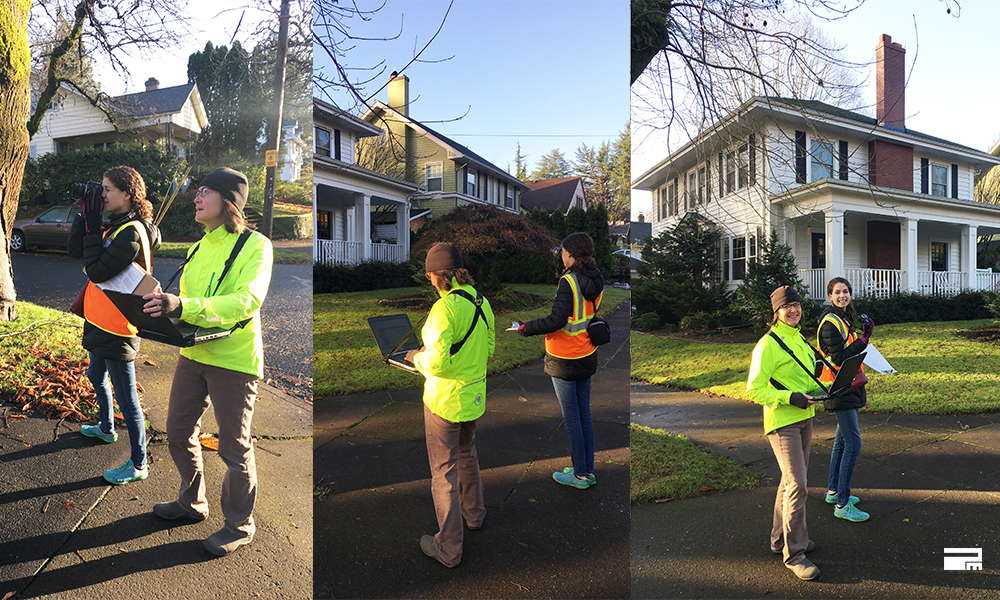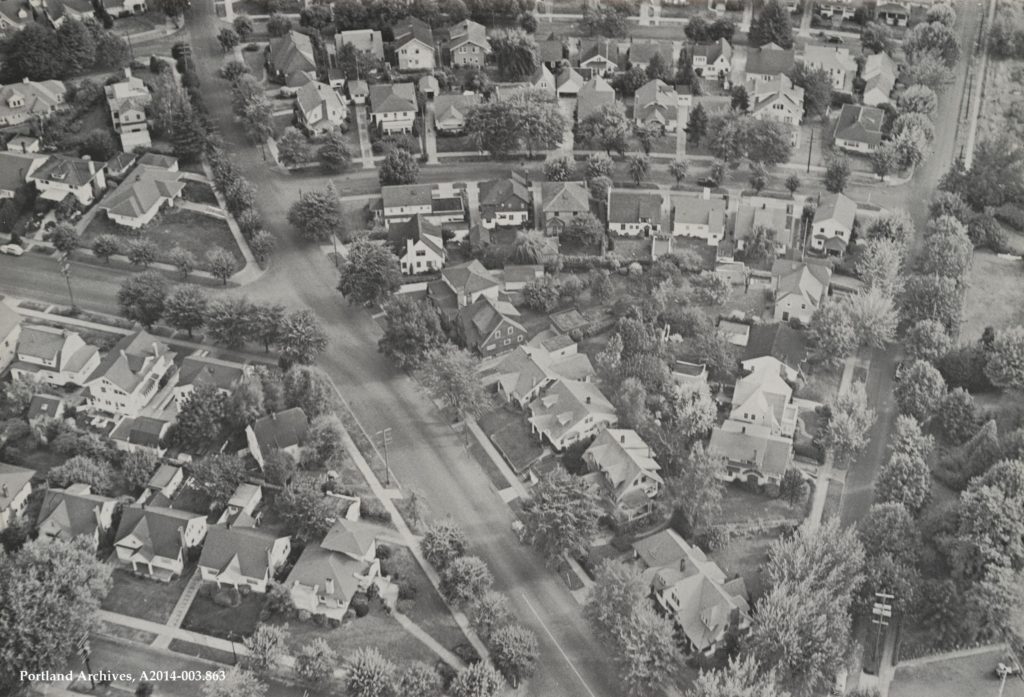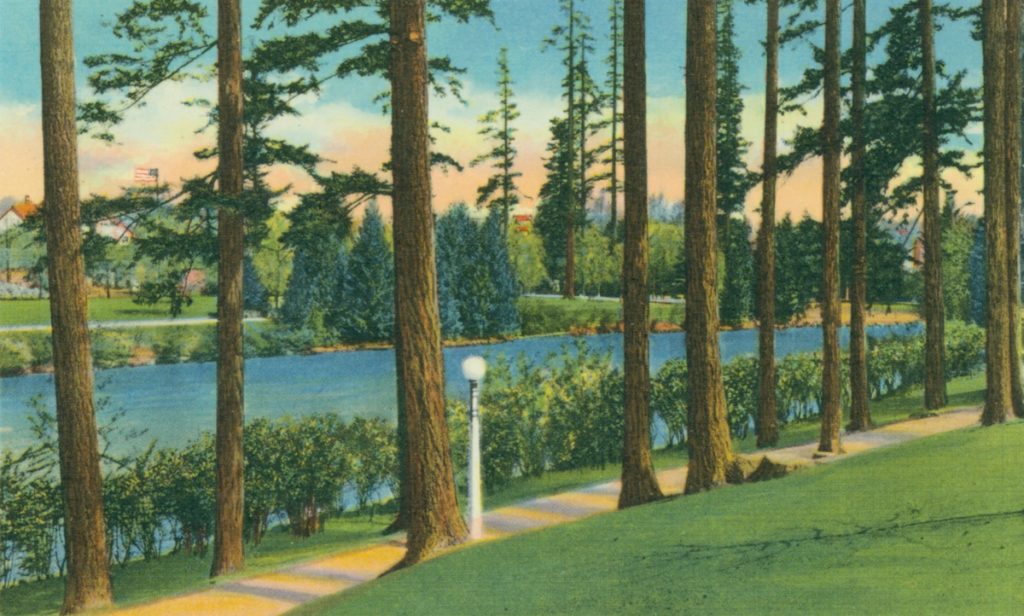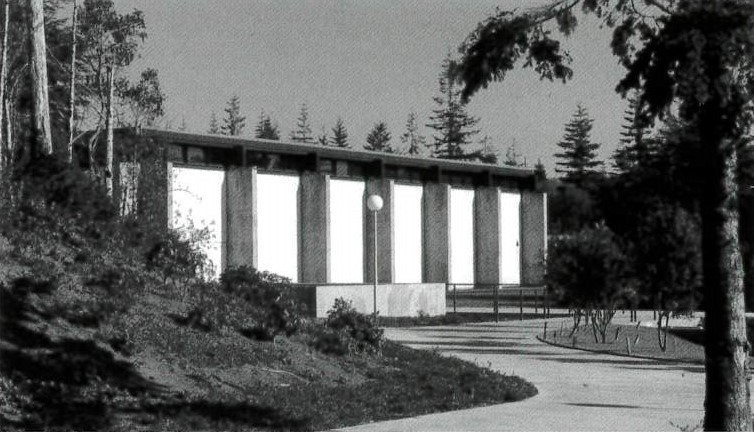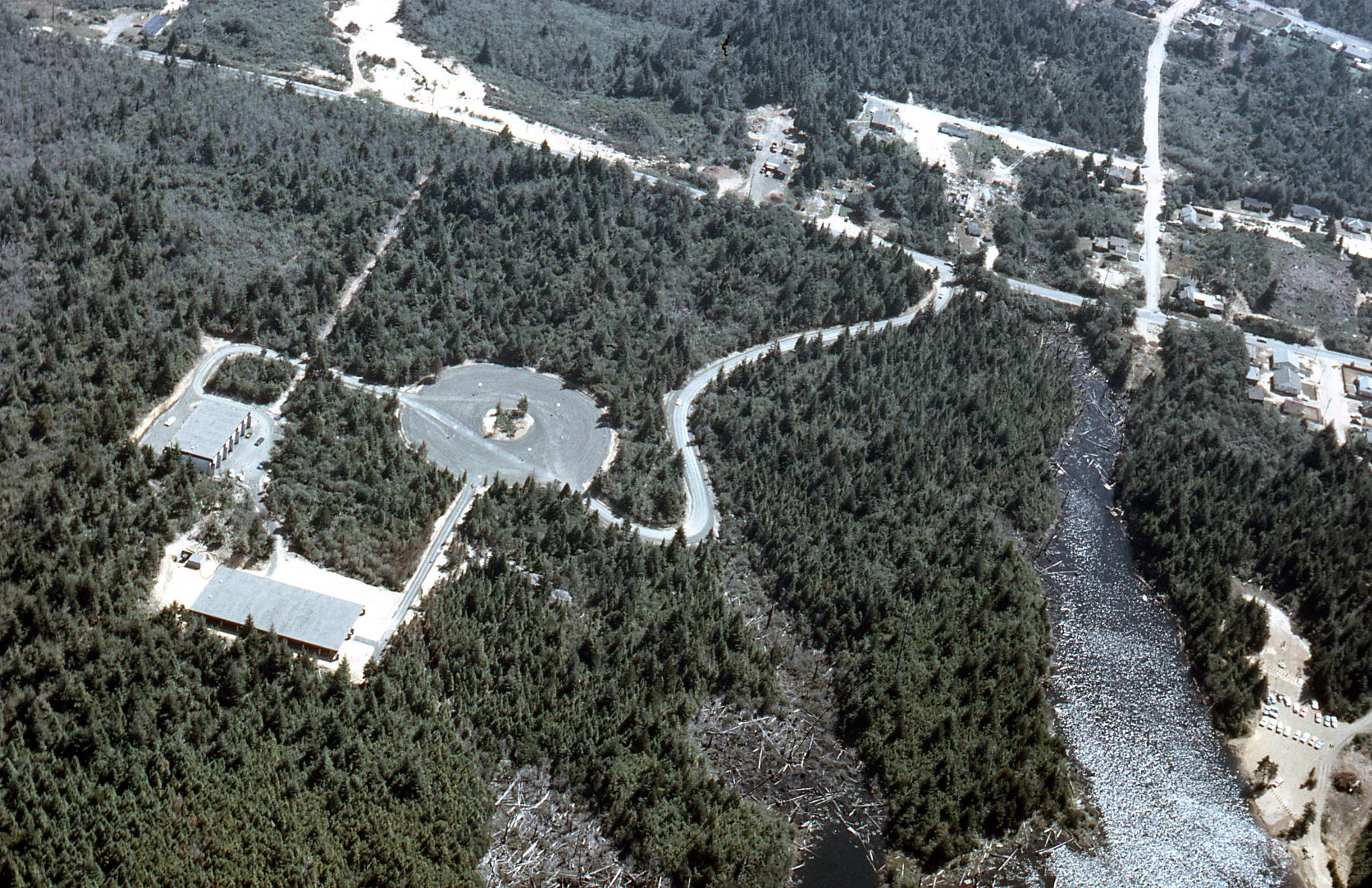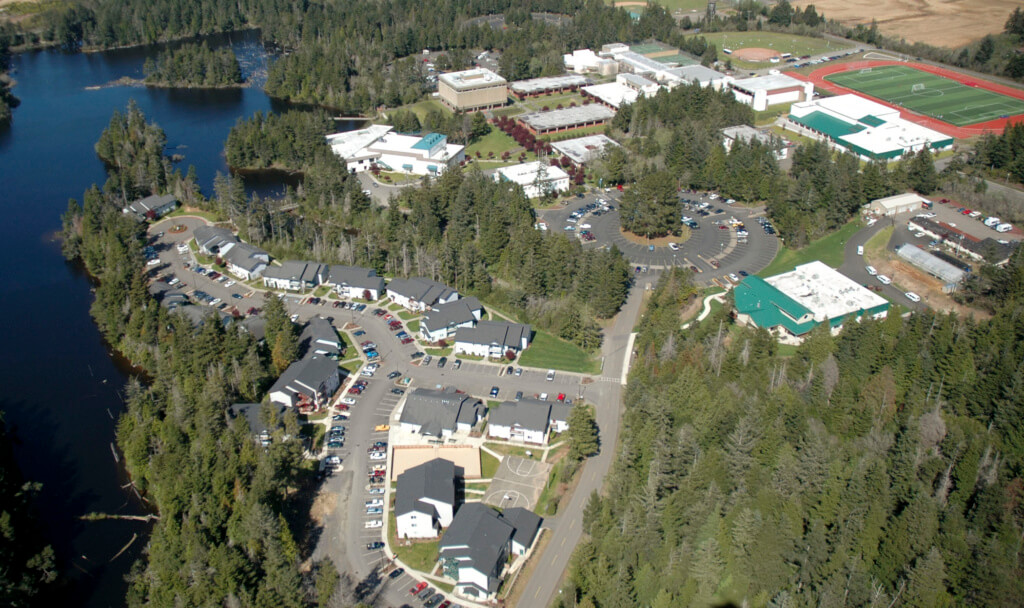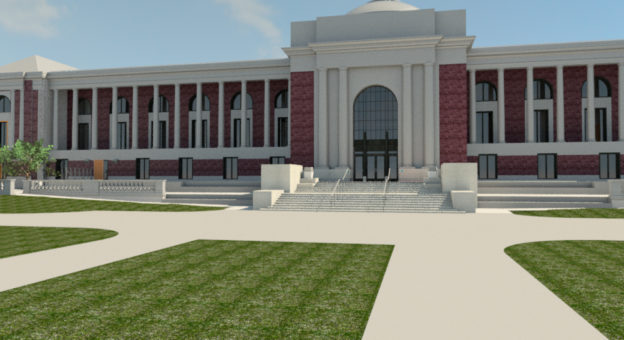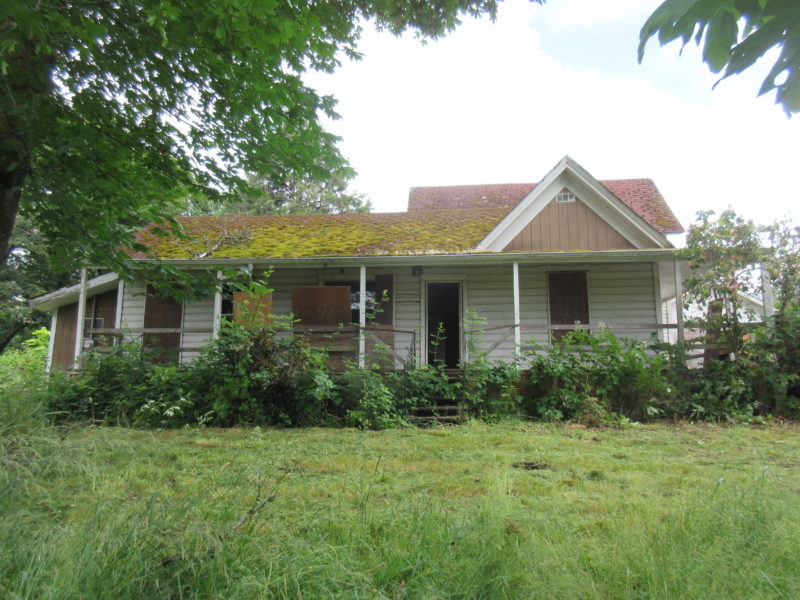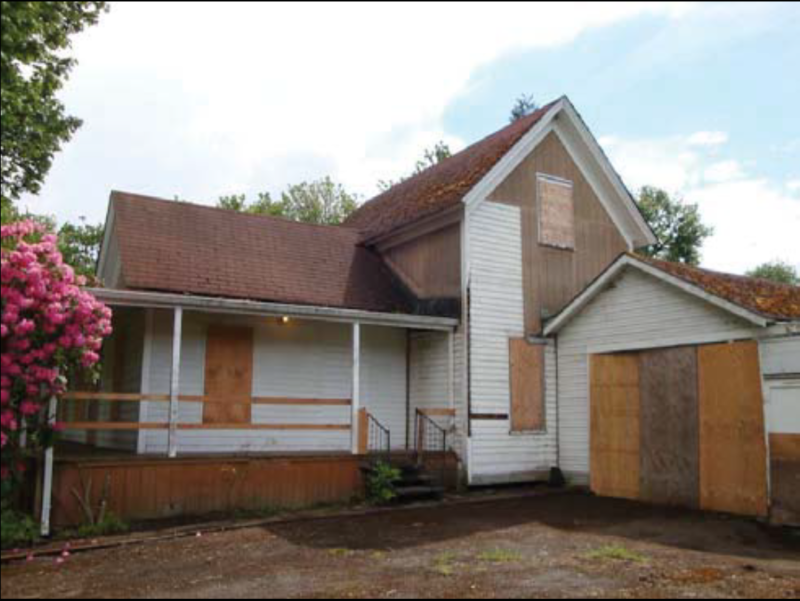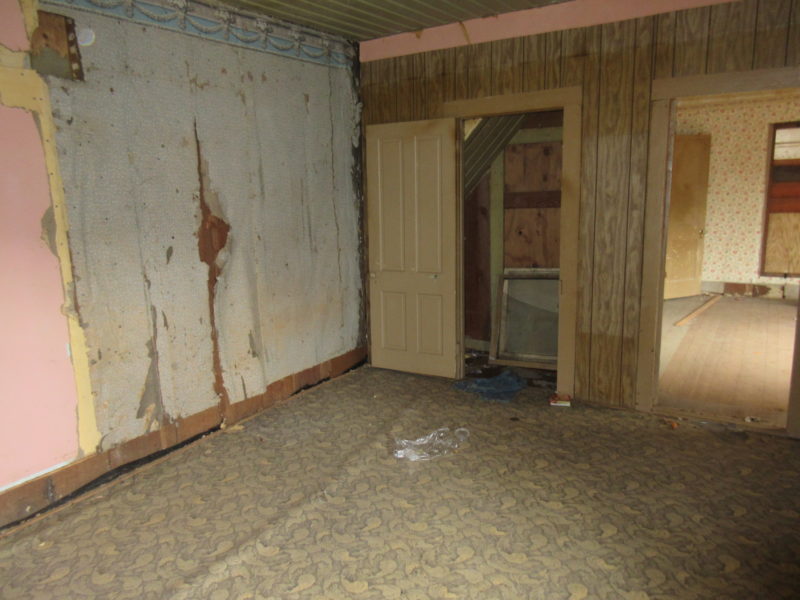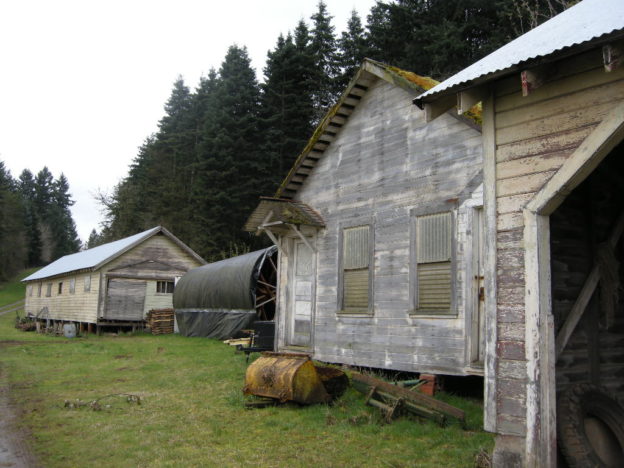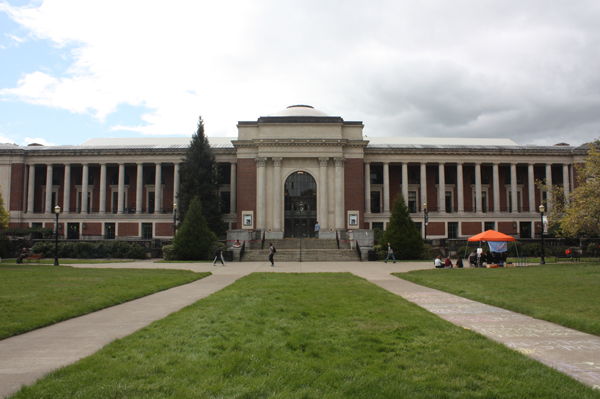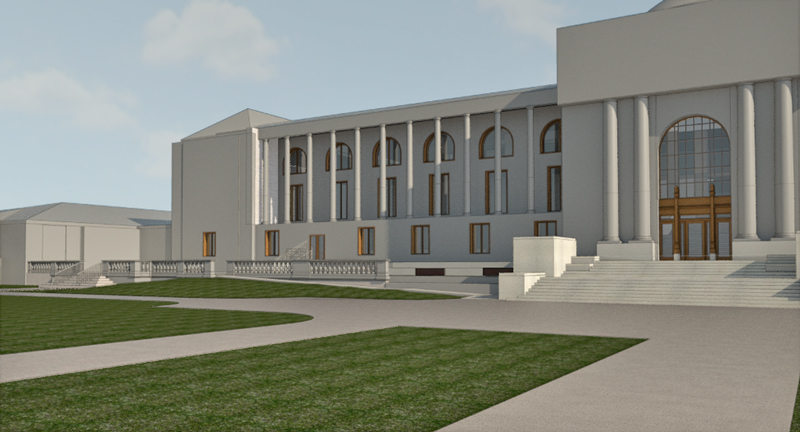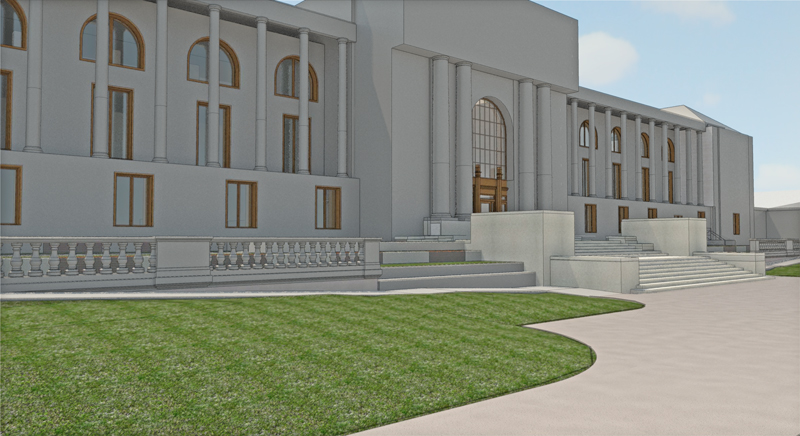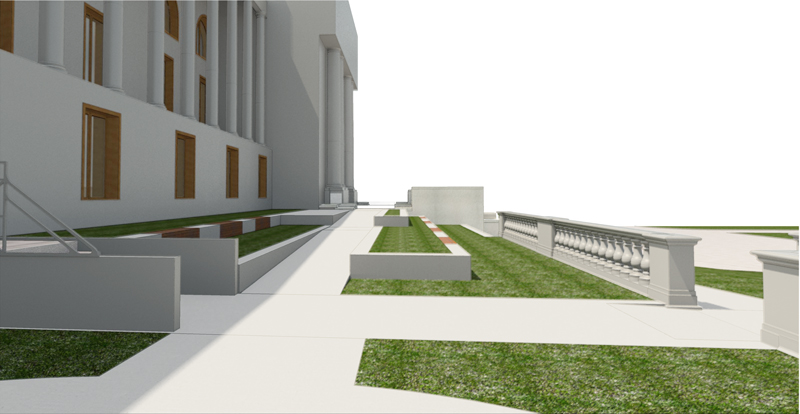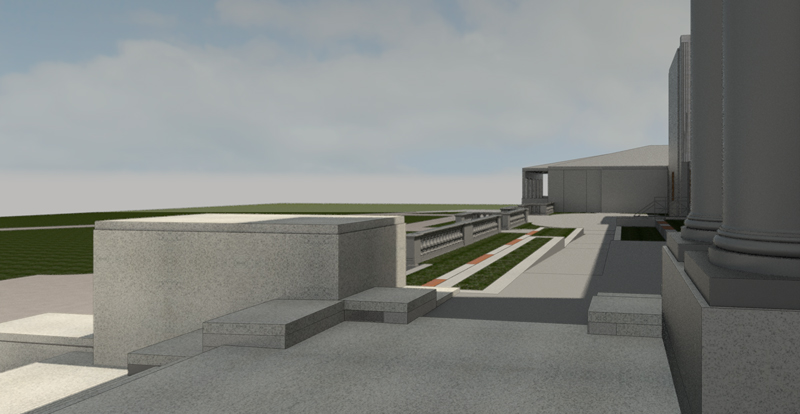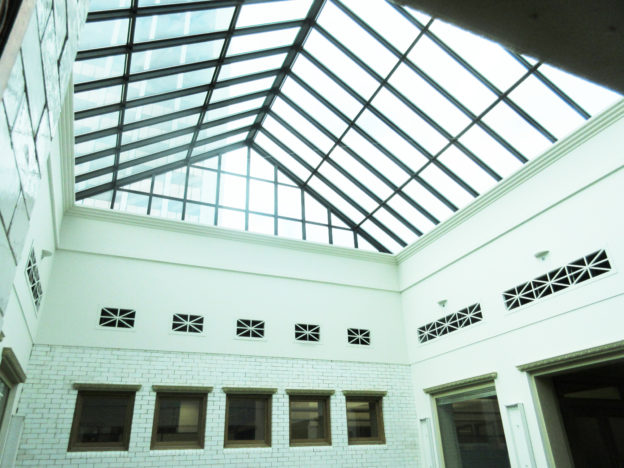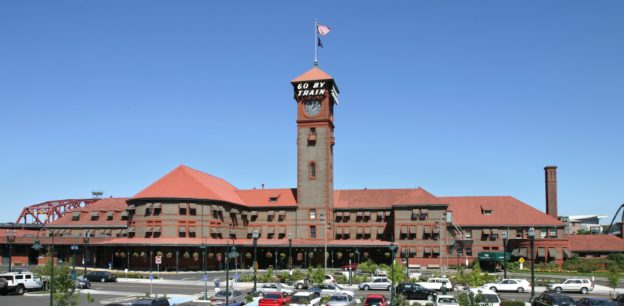Part I of II guest blog post by Betsy Bradley, Historian and Historic Preservationist.
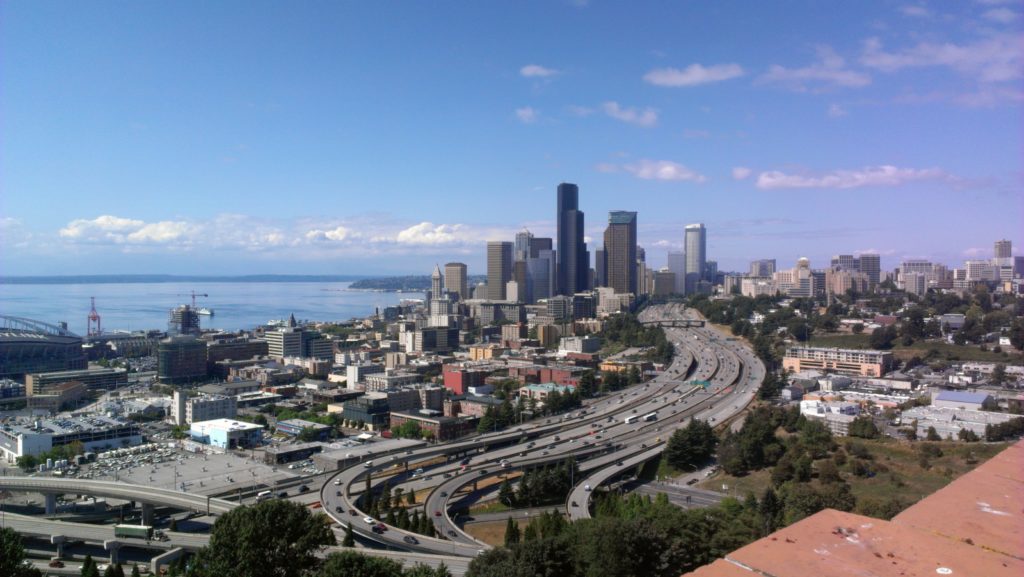 Author’s note: I am a historian and historic preservation who has had many seats at the historic preservation table, ranging from consultant to SHPO staff. I have recently undertaken a deep study of where we are in historic preservation and how we might practice in the field differently in the near future. The retrospective look that was taken at the 50th anniversary in 2016 of the National Historic Preservation Act (NHPA) provided a lot of dialog but no clear ways forward that are any different than what we have done in the past. Based on the assumption that there are additional effective practices we should explore, bolstered by a growing interest in Critical Heritage Theory, I’m convinced that we can add effective practices within the existing regulatory framework – particularly if we base them on more robust theories of historic preservation. Therefore, we have important work to do together to develop and apply practice theories for heritage work in the public sector. This essay is one of several that will explore how our practice can be different.
Author’s note: I am a historian and historic preservation who has had many seats at the historic preservation table, ranging from consultant to SHPO staff. I have recently undertaken a deep study of where we are in historic preservation and how we might practice in the field differently in the near future. The retrospective look that was taken at the 50th anniversary in 2016 of the National Historic Preservation Act (NHPA) provided a lot of dialog but no clear ways forward that are any different than what we have done in the past. Based on the assumption that there are additional effective practices we should explore, bolstered by a growing interest in Critical Heritage Theory, I’m convinced that we can add effective practices within the existing regulatory framework – particularly if we base them on more robust theories of historic preservation. Therefore, we have important work to do together to develop and apply practice theories for heritage work in the public sector. This essay is one of several that will explore how our practice can be different.
With the term practice theory I am evoking how we integrate diverse interests and discipline-based practices into a more responsive relationship between those disciplines, more involvement of and service to the public, and more project-specific negotiations and solutions. I’ve adopted Hugh T. Miller’s understanding of the relationships between theory and practice presented in Postmodern Public Policy:
PRACTICE IS THE THEORY IN PLACE.
THEORY IS THE NEXT-TO-BE PRACTICE.
THEORY MAY BE SEEN AS ONE’S UNDERSTANDING OF THE WORLD.
PRACTICE IS THE ENACTMENT OF THAT UNDERSTANDING.
First, a look at where we are now. Historians, architects, anthropologists and archaeologists are trained differently in methods of investigation and processing the fruits of that research into meaning and knowledge. This makes for real differences in how we work in the heritage sector, even as the stated goals, standards and requirements are inclusive. This diversity is both a benefit to the public and a means for avoiding developing more robust and over-arching public-sector practice theories.
Some academics engaging in critical heritage studies see the American laws, regulations, practices and conceptual thinking so limiting that we must start over. Those of us who practice in the public realm recognize that negotiation is built into most processes and the openness of the structure allows for revised practice based on more sophisticated theories. I am firmly in this group.
THE NEED FOR PRACTICE REVISION
Teaching in the Goucher College master’s degree program in historic preservation for ten years has sharpened my understanding of the relationship between theory, policy and practice. Only policy is difficult to change, leaving theory and practice open for consideration. As most historic preservationists and cultural resource management consultants work in the public realm, this is worthy of rethinking.
We are in a social constructivist turn in historic preservation that addresses the above-ground built environment. In short, this means we recognize that buildings and landscapes have no inherent significance and they have meanings and importance constructed by people who experience and study them. This social-construction turn in historic preservation that is actually inherent in the Section 106 process. Section 106 of the NHPA requires consultation on federal undertakings and 36 CFR Part 800 is the set of implementing regulations for that process. The parallel to this social construction is raising the curtain on the power relationships that are inherent in negotiating the meaning, evaluation of, and treatment of historic resources.
For years we have overlooked the opportunities that the requirement for the public being informed and invited to consult in the Section 106 process provides. We have used gestures and dismissed the opinions of others as not understanding what we do, rather than committing to learn from broader perspectives and understandings. We have not developed theories and working premises that should guide public practice. These conversations are not happening, in part because of the unnecessarily hardened nature of the interpretation of the NHPA and 36 CFR 800.
The National Trust for Historic Preservation, is leading us in the U.S. with the assertion that preservation is about people, not buildings. This popularizing of social constructionism of historic preservation work might well leave us anguishing over details of replacement windows that most of the public does not perceive, or perhaps on our knees in an excavation, a little sidelined. The Trust understands that heritage is what people negotiate, use, relate to, and work to save.
In academia, critical heritage studies, and in particular Laurajane Smith’s exposure of the authorized heritage discourse, echoes this point of view. Of course, the National Register program and its guidance, the Secretary of Interior’s Standards, as well 36CFR regulations are part of our authorized historic preservation discourse in the United States. As we unreflectively go through the Section 106 process and use this discourse and use our expert authority, we are able to avoid discussions of the more important, and interesting, challenges facing heritage work.
In Part II, Betsy explores: who is this public meant to be served by historic preservation?

